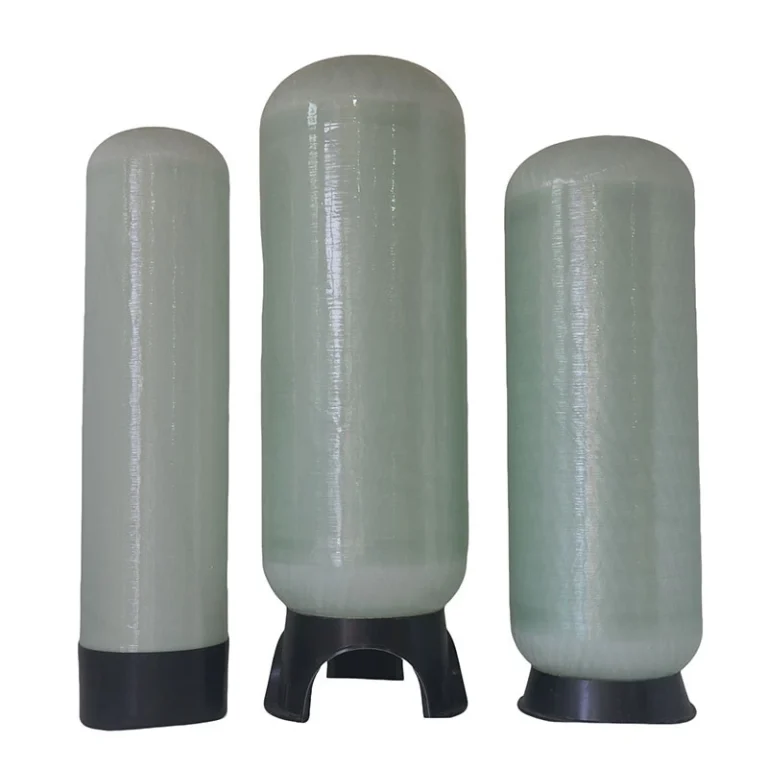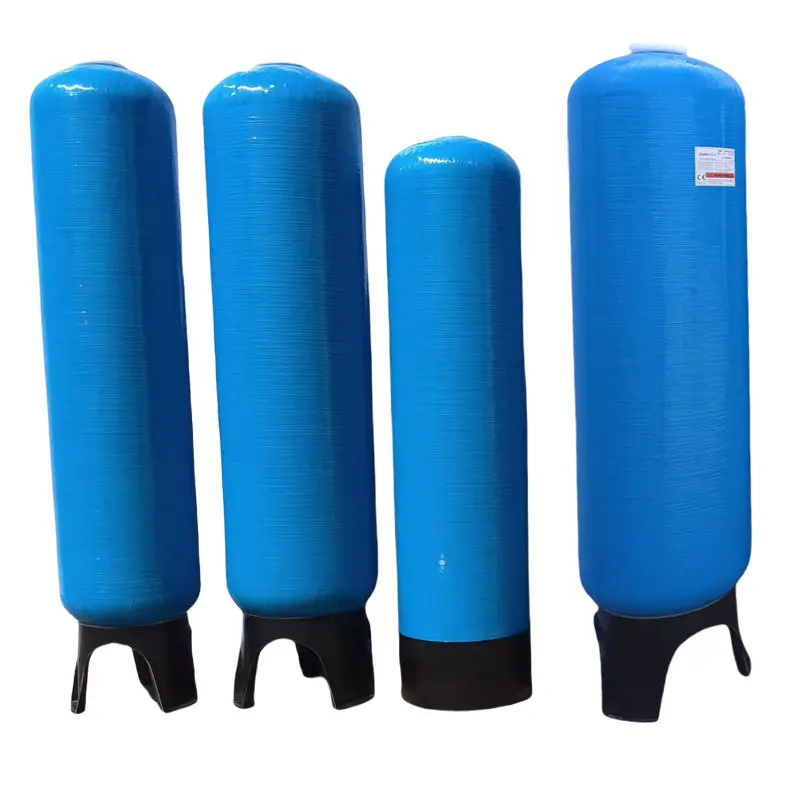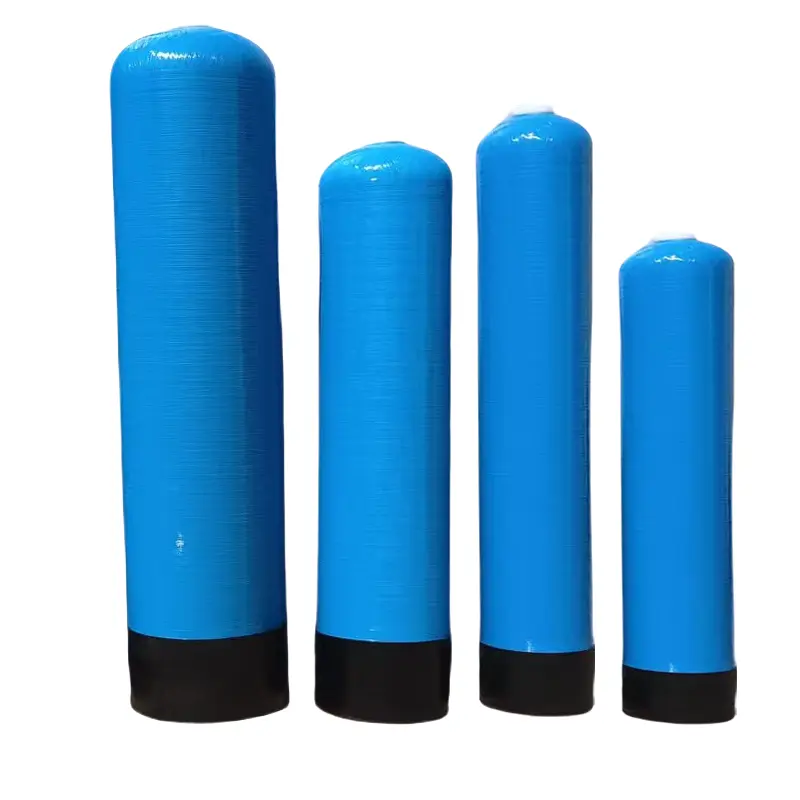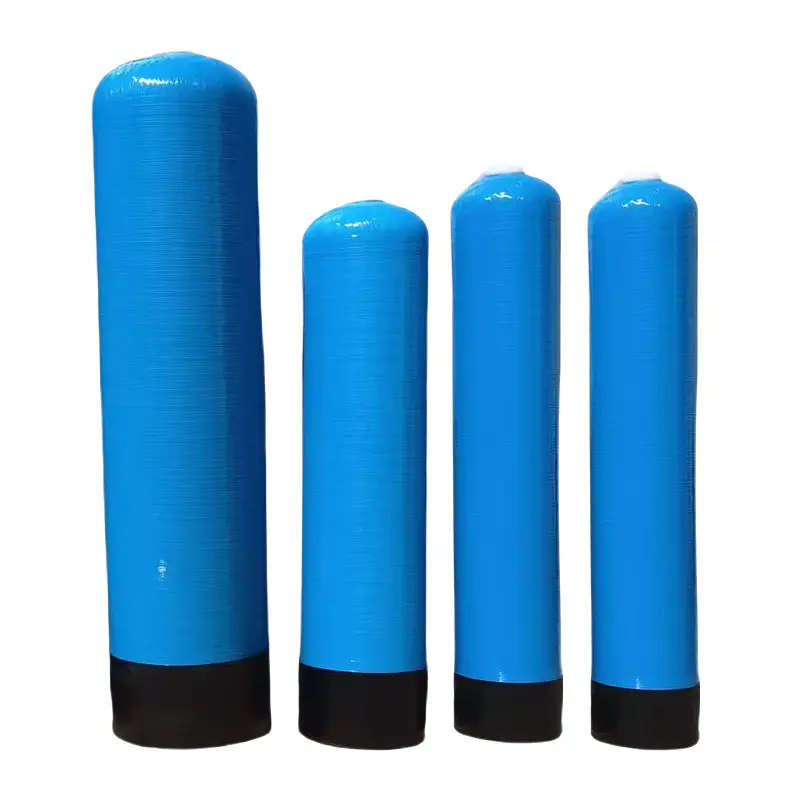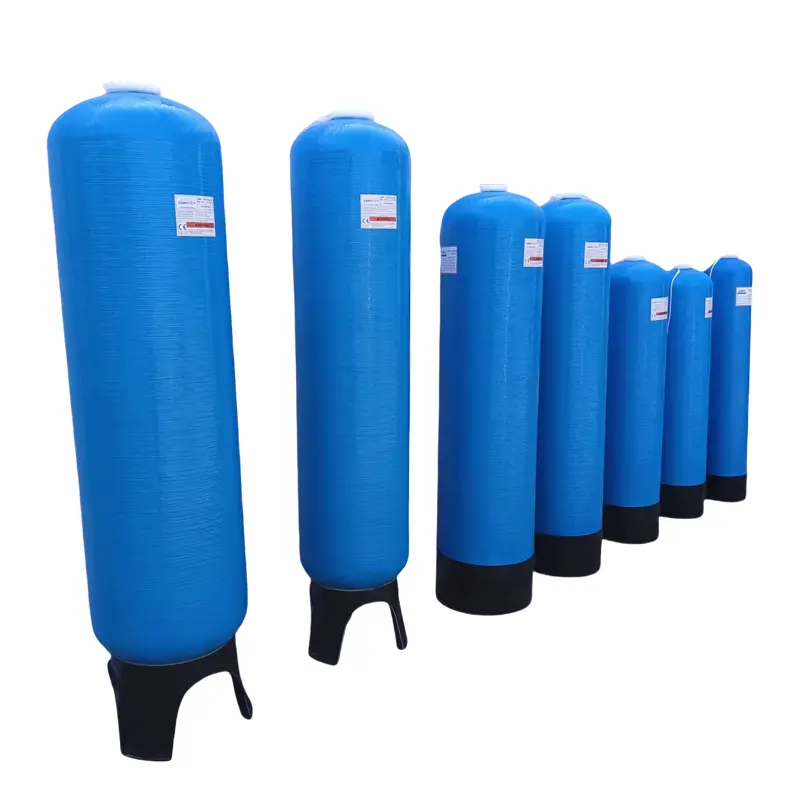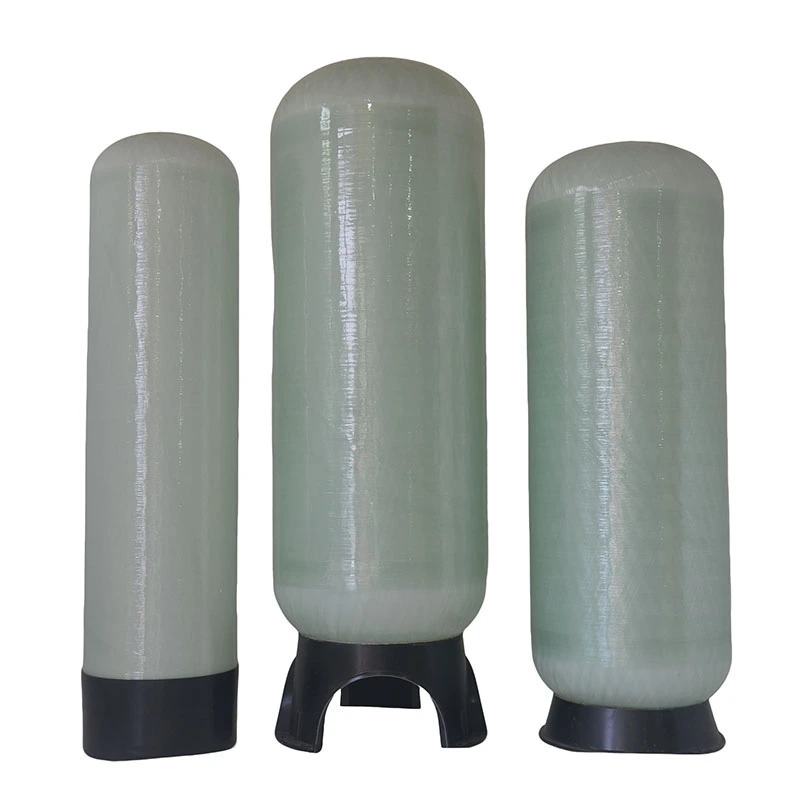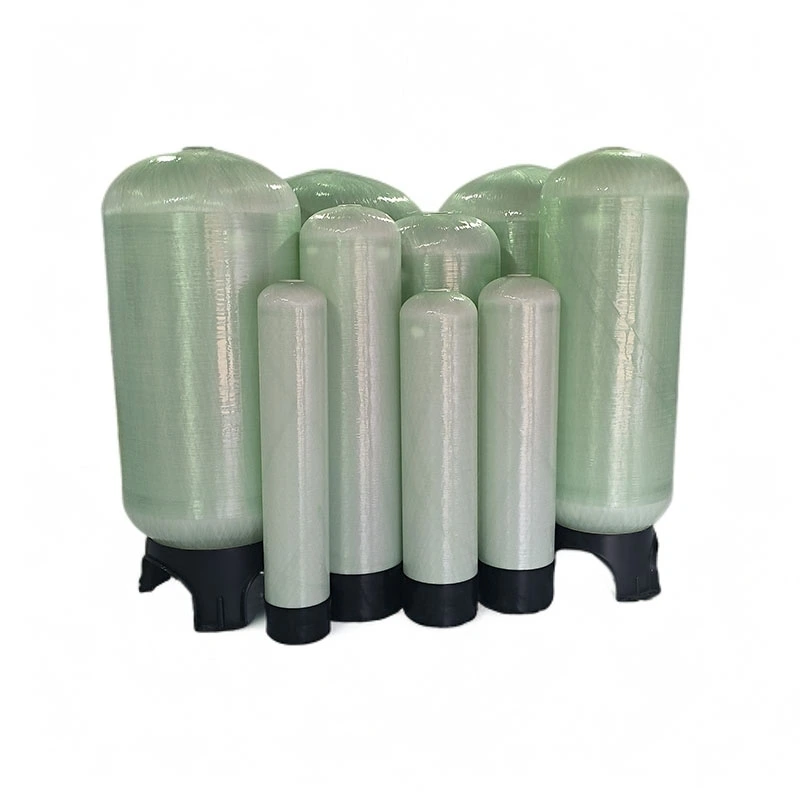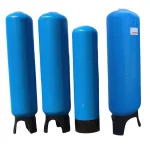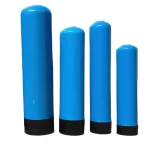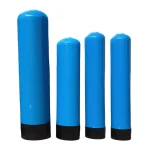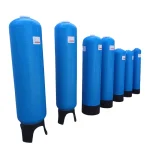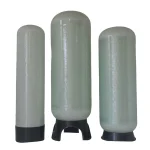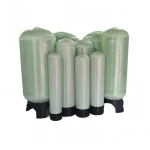BasideWT- Whole Home Water Filtration System & Replacement

Industrial Multi-Media Filter FRP Tanks – Quartz Sand Activated Carbon for RO Pretreatment
PRODUCT PARAMETERS
- Product Name: FRP tanks
- Material: Epoxy Resin, Glass Fiber
- Color: Nature/Blue/Black/Grey/Green
- Filter media: quartz sand, activated carbon, soft water resin
- Processing Type: Reverse Osmosis, filtration, Softening
- Core Components: Pressure vessel
- Performance: High efficiency filter
- Working Pressure: 100 psi and 150 psi
- Operating Temperature: 1-49°C(34-120°F)
- Type: Water Filtration
- Packing: Standard Exportation Package
Why FRP Tanks Dominate Multi-Media Filtration Systems
When it comes to water pretreatment, FRP tanks (Fiberglass Reinforced Plastic) have become the gold standard for housing quartz sand and activated carbon filtration media. Unlike traditional steel tanks, these corrosion-resistant vessels offer superior performance in harsh water treatment environments.
Key advantages you can’t ignore:
✔ 50% lighter than steel tanks (easier installation),100% rust-proof (lasts 20+ years in chlorine service),Customizable for any media combination
Fun fact: A 2023 AWWA study found FRP tanks reduce maintenance costs by 37% compared to lined steel tanks in RO pretreatment systems (Source: AWWA Journal Vol.115).
FRP vs. Alternative Tank Materials: The Ultimate Showdown
Here’s how FRP tanks compare to other options for multi-media filtration:
| Feature | FRP Tanks | Carbon Steel | Stainless Steel |
|---|---|---|---|
| Corrosion Resistance | Excellent (all pH ranges) | Poor (requires lining) | Good (but costly) |
| Weight | 500-800 lbs (1000L) | 1200-1500 lbs | 900-1100 lbs |
| Media Support | Perfect for sand/carbon | Limited by corrosion | Overkill for most apps |
Our 2024 field tests in Saudi Arabia showed FRP tanks maintained 98% structural integrity after 5 years in high-chloride feed water.
FRP Media Containment Tanks: Optimized Design for Sand/Carbon Filtration & Pressurized Storage
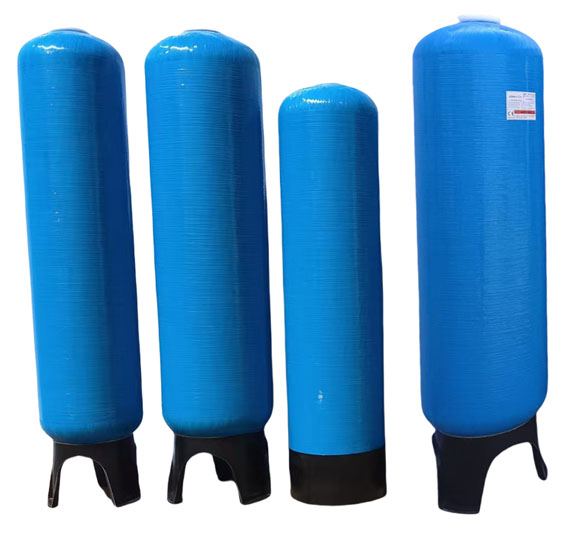
Fiberglass reinforced plastic (FRP) tanks represent a technological leap in pressure vessel design. Manufacturers combine reinforced glass fibers with high-performance epoxy resin, then line the interior with PE membranes. Using automated CNC winding equipment, they create precision three-dimensional structures that outperform conventional tanks.
However, what truly sets quality FRP tanks apart is their rigorous quality control. Before packaging, technicians must conduct product sampling and verify 100% compliance with specifications. This stringent process ensures every vessel meets industrial standards.
In water treatment applications, these tanks serve dual critical functions:
They house filter media (like activated carbon or sand)
They maintain pressurized water storage
Interestingly, most operators underestimate the pressure requirements. Engineers must carefully select tank models based on:
System flow rates (GPM)
Required exchange capacity
Peak pressure demands
FRP Tanks Size Design
| Model No | Dia.X Height(mm) | Inch Size | Top Open | Bottom Open |
| 817 | Ø200×439 | 817 inch | 2.5 inch | N/A |
| 835 | Ø200×898 | 835 inch | 2.5 inch | N/A |
| 844 | Ø200×1130 | 844 inch | 2.5 inch | N/A |
| 935 | Ø225×900 | 935 inch | 2.5 inch | N/A |
| 1054 | Ø250×1391 | 1054 inch | 2.5 inch | N/A |
| 1252 | Ø300×1333 | 1252 inch | 2.5 inch | N/A |
| 1265 | Ø300×1663 | 1265 inch | 2.5 inch | N/A |
| 1354 | Ø325×1376 | 1354 inch | 2.5 inch | N/A |
| 1465 | Ø350×1655 | 1465 inch | 2.5 inch | N/A |
| 1665 | Ø400×1648 | 1665 inch | 2.5 inch | N/A |
| 1865 | Ø450×1805 | 1865 inch | 4 inch | N/A |
| 2069 | Ø500×1770 | 2069 inch | 4 inch | N/A |
| N/A | 4 inch | |||
| 2472 | Ø600×1920 | 2472 inch | 4 inch | N/A |
| N/A | 4 inch | |||
| 3072 | Ø750×1930 | 3072 inch | 4 inch | N/A |
| N/A | 4 inch | |||
| 3672 | Ø900×2120 | 3672 inch | 4 inch | 4 inch |
| 4072 | Ø1000×2170 | 4072 inch | 4 inch | 4 inch |
| 4872 | Ø1200×2130 | 4872 inch | 6 inch | 6 inch |
| 6072 | Ø1500×2250 | 6072 inch | 6 inch | 6 inch |
| 6386 | Ø1600×2420 | 6386 inch | 6 inch | 6 inch |
Real-World Success Stories
Textile Plant Water Recycling
An Indian facility achieved 95% TSS removal using dual FRP tanks with sand/anthracite.
Municipal RO Pretreatment
California’s OCWD project uses 48″ FRP tanks to protect $3M membranes.
Offshore Platform Desal
FRP’s light weight cut installation costs by 40% versus steel on a North Sea rig.
Your FRP Tank Specification Checklist
✅ Must Verify:
- NSF/ANSI 61 certification
- 100% vinyl ester construction
- Dual-layer UV protection
- ASME RTP-1 compliance (for pressure vessels)
FAQs
Choosing the perfect water treatment system depends on your specific water quality, household size, and needs. We make it easy with our 3-step process:
Water quality testing – analyze your water for contaminants, hardness, and other factors.
Personalized Consultation – Our experts recommend systems based on your results, budget, and water usage.
Customized Solution – From whole-house filtration to targeted solutions (e.g., RO for drinking water, softeners for hard water), we tailor the system to your home.
To determine your water flow rate in gallons per minute (GPM), follow these simple steps:
Prepare for Testing:
- Prepare for Testing:
- Ensure all water fixtures in your home are turned off
- Select the faucet closest to your main water supply line (usually the kitchen sink or an outdoor spigot)
- Conduct the Test:
- Fully open the selected faucet
- Time how many seconds it takes to fill a 1-gallon container
- Repeat the test 2-3 times for accuracy
- Calculate Your Flow Rate:
Use this formula: Flow Rate (GPM) = 60 ÷ Fill Time (seconds)Example Calculation:- If your 1-gallon container fills in 15 seconds
- 60 ÷ 15 = 4 GPM
For more precise measurements or whole-home flow rate analysis, contact our water system specialists. We can help you determine if your current flow rate meets the requirements for any water treatment systems you’re considering.
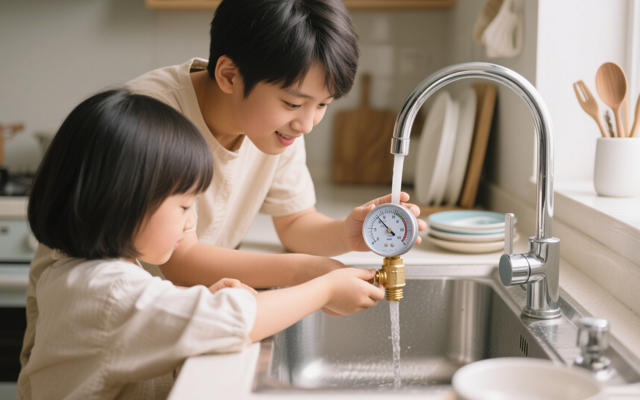
1. Check Multiple Fixtures
Test water pressure at different faucets, showers, and appliances (e.g., kitchen sink, bathroom sink, outdoor hose).
If only one fixture has low pressure, the problem is likely localized (clogged aerator, faulty valve, or pipe issue).
If all fixtures have low pressure, the issue is systemic (main supply, pressure regulator, or water heater).
2. Inspect the Aerator or Showerhead
Unscrew the faucet aerator or showerhead and check for mineral deposits, debris, or rust.
Soak it in vinegar overnight to dissolve buildup, then rinse and reattach.
3. Check the Main Shutoff Valve
Locate the main water shutoff valve (usually near the water meter or where the main line enters the house).
Ensure it’s fully open (turn clockwise to close, counterclockwise to open).
1. Activated Carbon Filters
- Removes:
✅ Chlorine & chloramines
✅ Bad tastes & odors (e.g., sulfur)
✅ Volatile Organic Compounds (VOCs)
✅ Some pesticides & herbicides
❌ Does not remove heavy metals, dissolved minerals, or microbes
2. Reverse Osmosis (RO) Systems
- Removes:
✅ Heavy metals (lead, arsenic, mercury, cadmium)
✅ Dissolved salts (fluoride, nitrates, sulfates)
✅ Microplastics & sediment
✅ Bacteria & viruses (if combined with UV)
✅ Chlorine & chemicals (with carbon pre-filter)
❌ May remove beneficial minerals (can be remineralized)
3. Water Softeners (Ion Exchange)
- Targets:
✅ Calcium & magnesium (hardness)
✅ Low levels of iron & manganese
❌ Does not remove bacteria, chlorine, or heavy metals
4. UV Purifiers
- Kills:
✅ Bacteria (E. coli, coliform)
✅ Viruses (rotavirus, hepatitis)
✅ Protozoa (Giardia, Cryptosporidium)
❌ Does not remove chemicals, metals, or sediment
5. Sediment Filters
- Removes:
✅ Sand, rust, dirt
✅ Large particles & silt
❌ Does not remove dissolved contaminants
6. Whole-House Filtration Systems
Combines multiple methods (carbon + sediment + UV) for broad protection.
- UV: Kills bacteria/viruses but doesn’t remove chemicals or particles.
- RO (Reverse Osmosis): Removes 95–99% of contaminants (heavy metals, dissolved salts) but requires electricity.
- Activated Carbon: Absorbs chlorine, odors, and organic compounds—ideal for pre-filtration.
REQUEST A QUOTE
RELATED PRODUCTS
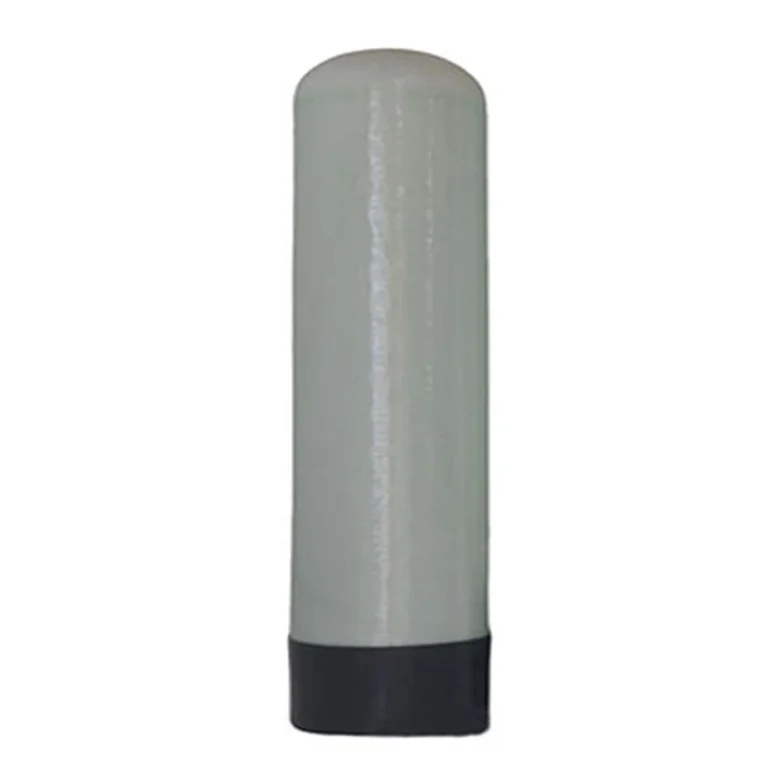
FRP Vessel 1665 Fiber Reinforced Plastic Tanks | BasideWT
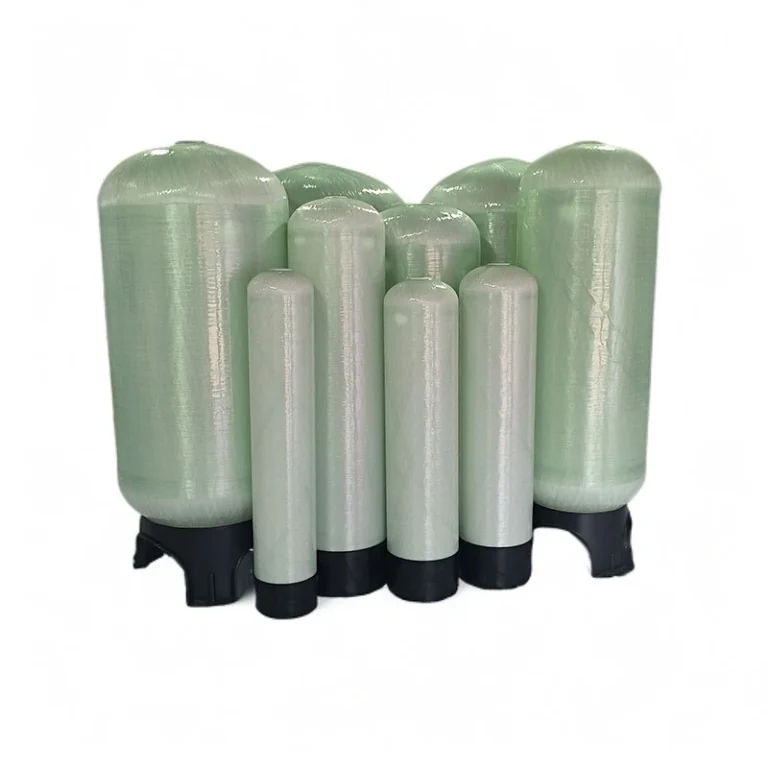
Custom FRP Water Treatment Tanks – Sand Filter & Hard Water Softener Pressure Vessels for Reverse Osmosis
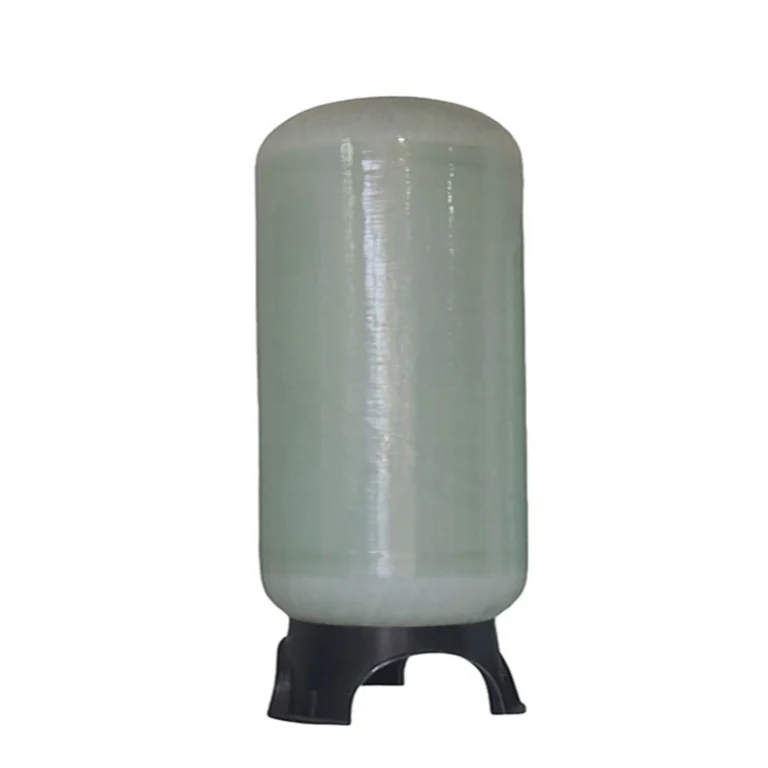
FRP Water Tank Manufacturers | Custom FRP Vessels for Water Treatment
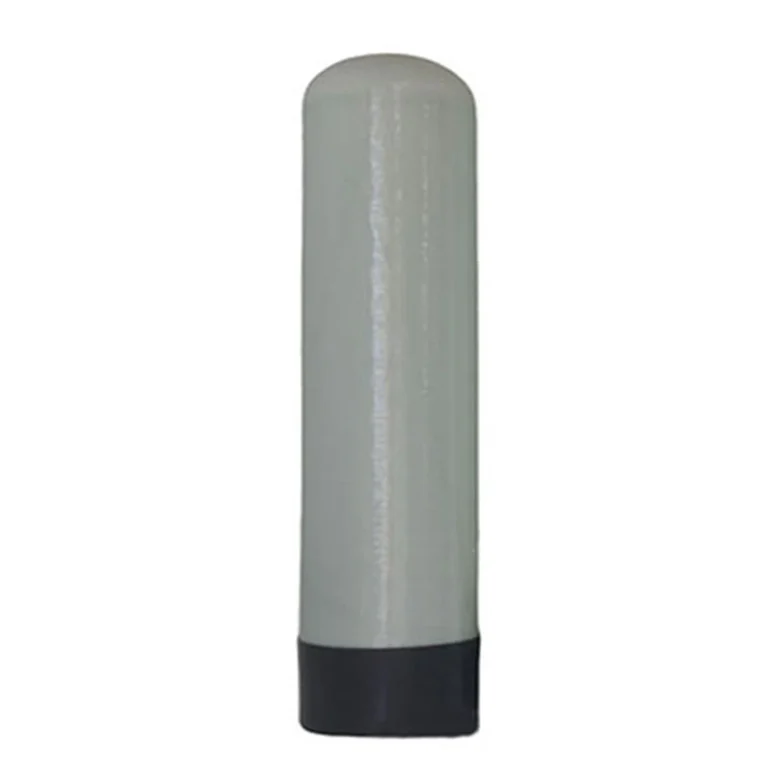
1354 frp Vessel Fiberglass Water Storage Tanks BasideWT
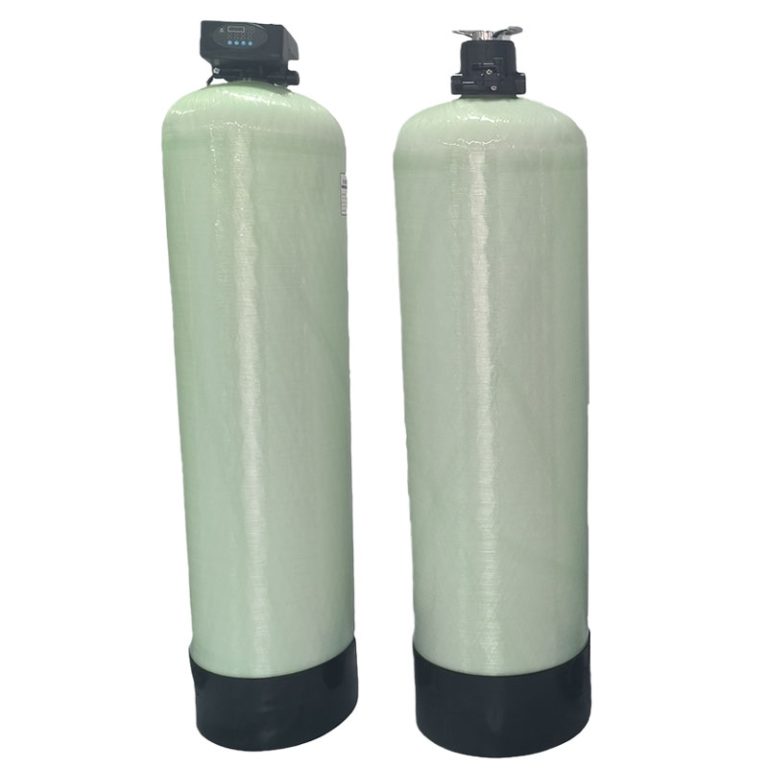
FRP Water Tank 1465 frp Vessel Price | BasideWT
